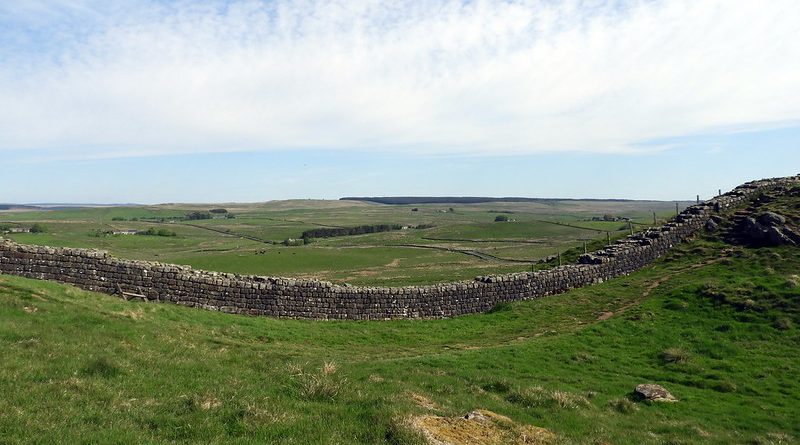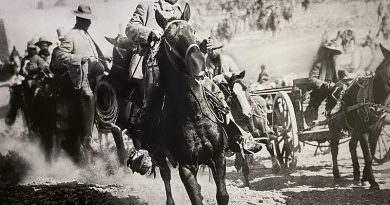The North/South Divide: Hadrian’s Wall
History Facts
Where: Northumberland, north of England
When: 2nd century AD
History: Built by the Roman Emperor to seperate savage Scotland from civilised England, destroyed in the 18th century Jacobite Uprisings
Go there for: English history at its most remote and scenic
Northumberland is England’s northernmost county and home to one of the greatest engineering feats of the ancient world – Hadrian’s Wall. Stretching 73 miles from coast to coast, it represents the furthermost reaches of the Roman Empire and the boundary between Scotland and England.
What happened here?
The wall was built by the Emperor Hadrian in the 2nd century AD. It took six years to build, beginning in 122AD, when the Emperor himself came to England to initiate the project. Hadrian’s intention was to control the movement of people over the border between savage Scotland and more civilised England, and control and tax trade over this clearly defined frontier. Hadrian’s Wall was eventually abandoned in 383AD but even today, nearly 2000 years later, the boundary between Scotland and England hasn’t really changed that much.
The wall was constructed out of stone and turf blocks, and was originally 15ft high with 6ft battlements on top. Every Roman mile (1620 yards) there was a gateway, guarded by a mile castle and observation posts.
In 1745, after the Jacobite uprising, parts of the wall were destroyed so that the stone could be used to pave a new road, allowing troops to move more quickly across the country. Nowadays, there are a number of well-preserved sections of the wall in picturesque locations, especially in the centre of the country around Housesteads. Hadrian’s Wall is a World Heritage Site and the only people who carry out regular patrols these days are enthusiastic tour guides, Roman re-enactment groups, and visitors intent on experiencing English history at its most remote and scenic.
What’s there to see and do?
– Although you can visit sections of the wall on a day trip, or take a series of day hikes to the best preserved ruins, it is also possible to walk the length of Hadrian’s Wall, fromNewcastle-Upon-Tyne to Bowness-on-Solway. A new National Trail is under development.
– There are a number of interesting museums close to principal Roman sites such asCorbridge, Chester, Housesteads and the Roman Army Museum near Walltown. There are models and reconstructions of Roman settlements on display, and the excavated remains of daily life in the Roman Empire.
MORE INFORMATION
Hadrian’s Wall
Useful site with historical and tourist information about this World Heritage Site.
Northumberland Tourism
An introduction to the Roman legacy in Northumberland, and many other tourist attractions throughout the county.
By Jess Halliday




